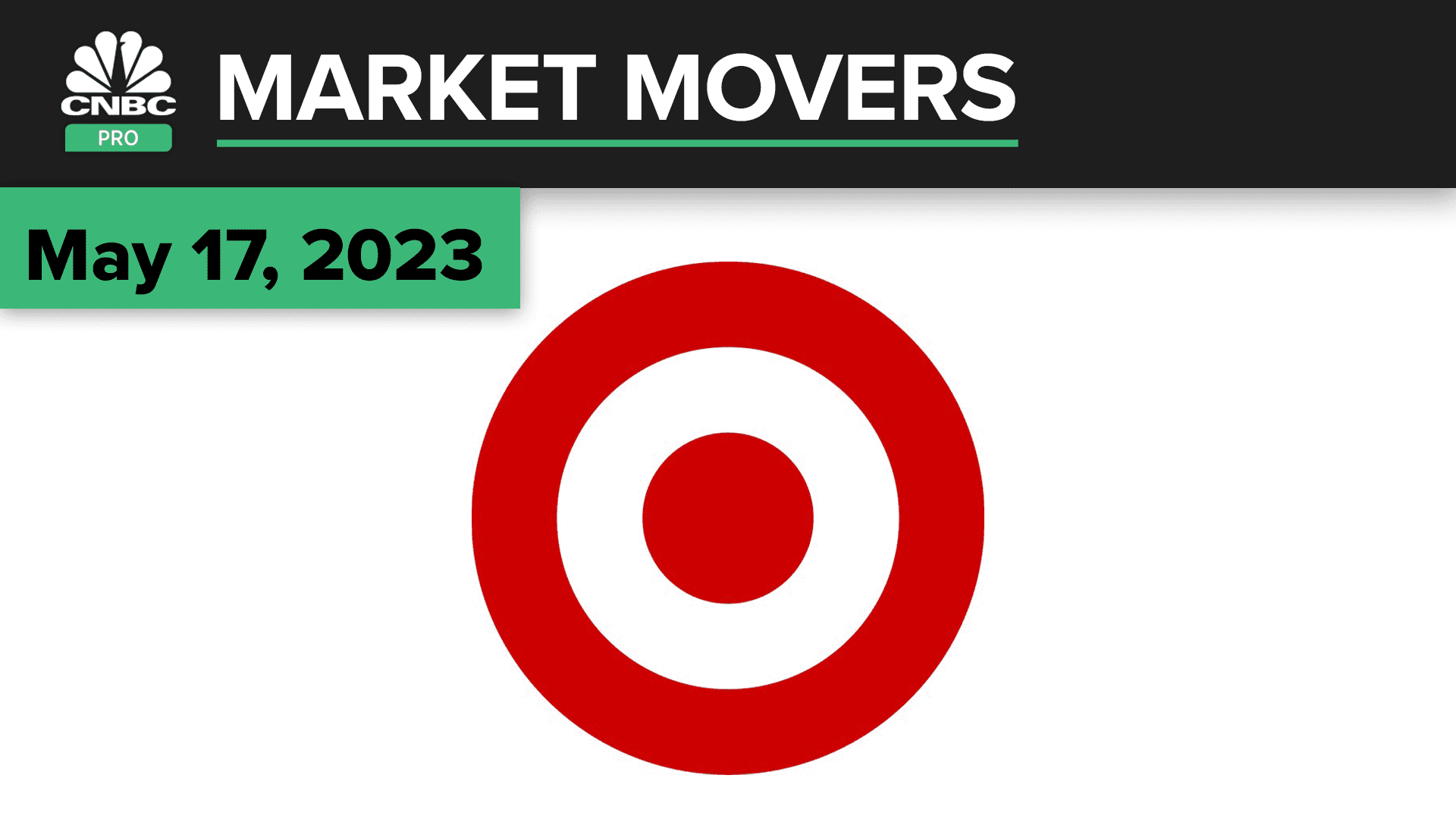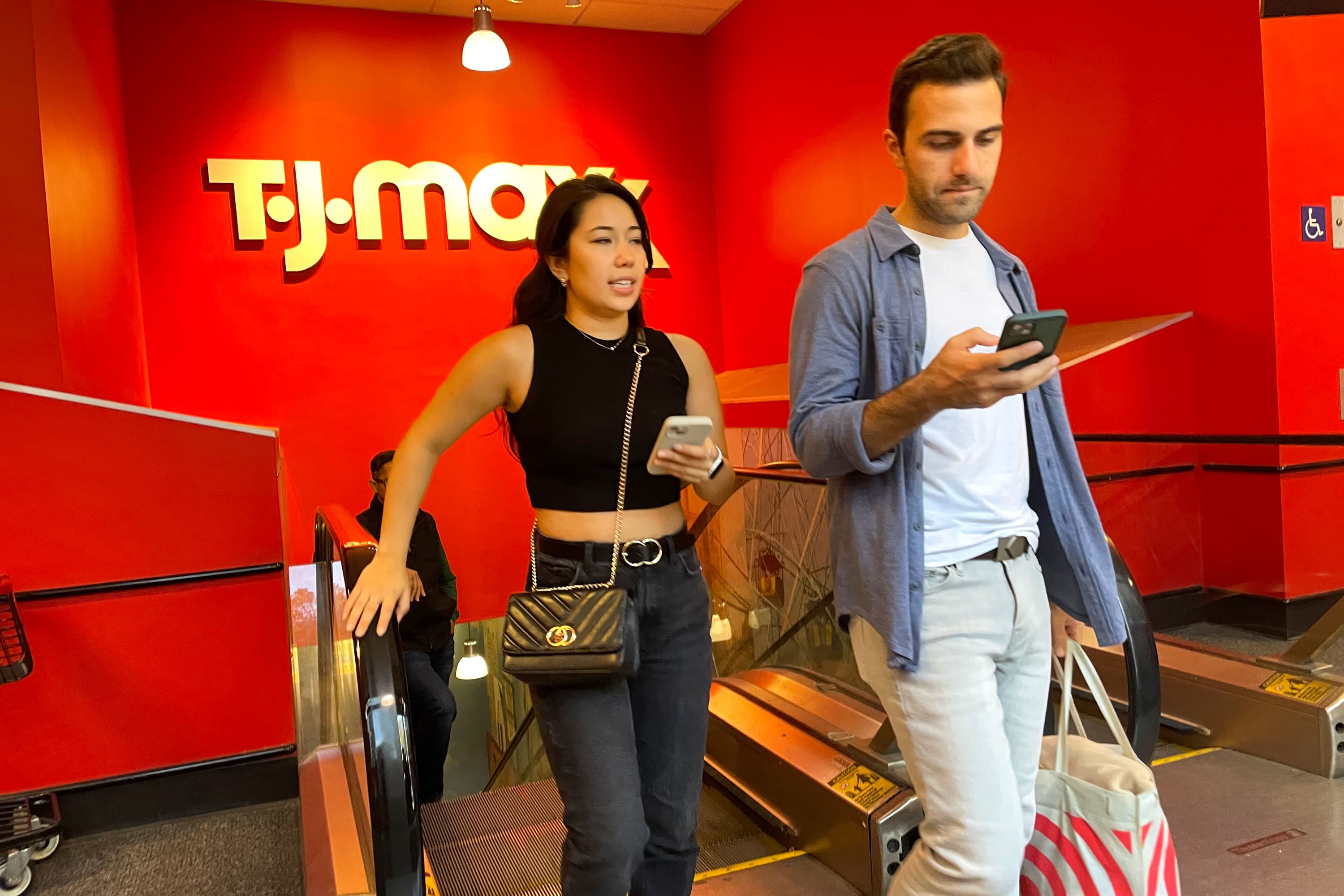Locked
up
merchandise,
to
prevent
theft
in
Target
store,
Queens,
New
York.
Lindsey
Nicholson
|
Universal
Images
Group
|
Getty
Images
Target
said
Wednesday
that
organized
retail
crime
will
fuel
$500
million
more
in
stolen
and
lost
merchandise
this
year
compared
with
a
year
ago.
Target’s
inventory
loss,
called
shrink,
totaled
about
$763
million
last
fiscal
year,
based
on
calculations
from
the
company’s
financial
filings.
With
the
anticipated
increase,
shrink
this
year
would
surpass
$1
billion.
It
can
be
difficult
to
quantify
theft,
since
shrink
includes
inventory
loss
from
other
causes,
such
as
employee
theft
or
damage,
too.
CEO
Brian
Cornell
called
out
the
challenge
on
the
company’s
fiscal
first-quarter
earnings
call,
saying
the
retailer
and
others
are
grappling
with
rising
theft
on
top
of
slower
sales
and
more
price-sensitive
shoppers.
He
described
retail
theft
as
“a
worsening
trend
that
emerged
last
year,”
and
said
violent
incidents
have
increased
at
Target’s
stores.
“The
problem
affects
all
of
us,
limiting
product
availability,
creating
a
less
convenient
shopping
experience,
and
putting
our
team
and
guests
in
harm’s
way,”
he
said
on
the
call.
Organized
retail
crime
has
become
a
hot-button
issue
in
the
industry,
and
some
companies
have
blamed
the
growth
of
online
marketplaces
that
allow
thieves
to
anonymously
sell
electronics,
makeup
and
other
items
they
stole
from
stores.
Home
Depot,
Walmart,
Best
Buy, Walgreens and CVS are
among
the
major
retailers
that
have
spoken
about
the
problem,
saying
that
shrink
has
gotten
worse.
“The
country
has
a
retail
theft
problem,”
Home
Depot
CFO
Richard
McPhail
said
on
a
call
with
CNBC
on
Tuesday.
“We’re
confident
in
our
ability
to
mitigate
and
blunt
that
pressure,
but
that
pressure
certainly
exists
out
there.”
Yet
it’s
hard
to
verify
if
organized
retail
theft
has
grown
and
if
so,
by
how
much.
Shrink
cost
retailers
$94.5
billion in
2021,
up
from $90.8
billion
in
2020,
according
to
the
National
Retail
Federation.
Its
data
is
anonymized
and
shared
by
retailers,
so
it
cannot
be
fact-checked.
External
retail
crime
accounts
for
only
37%
of
those
losses,
or
about
$35
billion,
the
NRF
data
shows.
There
are
other
caveats.
Covid
fears
and
pandemic-related
temporary
store
closures
disrupted
2020,
potentially
tamping
down
foot
traffic
for
both
shoppers
and
thieves.
Plus,
shrink
comes
not
just
from
shoplifting
and
employee
theft,
but
from
damaged
products
such
as
dinged
furniture
and
expired
food.
Target
has
become
more
vocal
about
organized
retail
theft,
as
it
has
struggled
with
excess
inventory
and
its
margins
have
disappointed.
It
missed
Wall
Street’s
earnings
expectations
for
three
consecutive
quarters
last
year.
Unwanted
merchandise
sat
around
in
its
stores
and
warehouses,
before
the
company
took
aggressive
action
to
cancel
orders
and
mark
items
down.
Cornell,
however,
has
stressed
that
more
theft
is
the
driving
Target’s
worsening
shrink.
Chief
Financial
Officer
Michael
Fiddelke
said
on
the
company’s
investor
call
Wednesday
that
shrink
reduced
the
company’s
gross
margin
rate
in
the
fiscal
first
quarter
by
a
full
percentage
point
compared
with
a
year
ago.
Cornell
said
Target
is
trying
to
reduce
theft
by
installing
protective
fixtures
and
adjusting
assortment
in
some
stores.
He
said
the
company
is
working
with
politicians,
law
enforcement
and
retail
industry
trade
groups
to
come
up
with
policy
solutions.
Some
retailers
and
trade
organizations
pushed
for
the
INFORM
Consumers
Act,
a
law
that’s
intended
to
require
verification
so
thieves
can’t
easily
sell
stolen
or
counterfeit
goods
through
online
marketplaces.
It
was
included
in
Congress’
omnibus
spending
package
late
last
year
and
relies
on
enforcement
by
state
attorneys
general.
Cornell
said
the
company
is
“focused
on
keeping
our
stores
open
in
the
markets
where
problems
are
occurring.”
It
has
roughly
1,900
stores
across
the
country,
which
are
located
in
suburban
areas
and
major
cities
including
New
York
City
and
San
Francisco.
—
CNBC’s
Gabrielle
Fonrouge
contribute
to
this
report.



